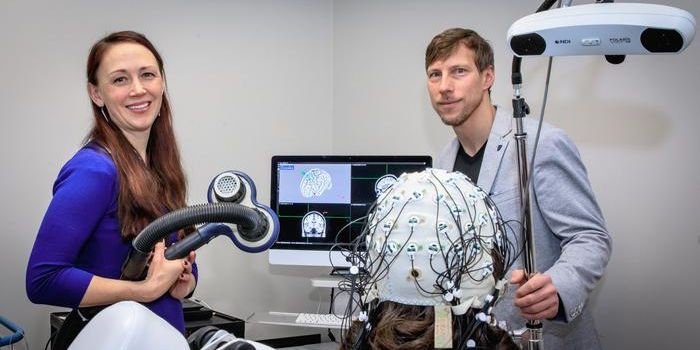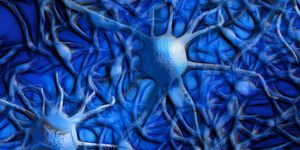Personalized Brain Modeling Can Offer Insights into Seizure Activity
Researchers of the Human Brain Project (HBP) have published a new study in Science Translational Medicine highlighting advanced brain modeling methods for epilepsy patients. The methodology used in the EPINOV clinical trial (Improving Epilepsy surgery management and progNOsis using Virtual brain technology) involved personalized brain modeling, an approach that HBP has developed over several years and is supported by the digital research infrastructure EBRAINS.
The researchers use a simulation technology called The Virtual Brain (TVB) to create personalized brain models. Computational models are created for each patient based on individually measured anatomy, structural connectivity, and brain dynamics data. Researchers are currently conducting a large-scale clinical trial to test this approach to evaluate its potential as a computational, predictive tool in surgery preparation. The trial will tentatively run until 2025.
Many patients control or reduce seizure activity using pharmaceutical treatment, but almost one-third of patients have intractable epilepsy and do not respond to medication. Some of these patients are candidates for surgical removal of the epileptogenic zone or brain zone from which the seizure originates, spreads, or intensifies. Still, the procedure has a 60% success rate.
The TVB technology enables clinicians to simulate abnormal brain activity during epileptic seizures to help them to identify the target areas. The simulations are personalized for each patient to provide a virtual epileptic patient (VEP) tailored to each individual real one.
Ongoing work in the HBP uses the EBRAINS research infrastructure to improve the method’s predictive power further. This predictive capability is supported by new high-resolution data from the HBP’s multi-level human brain atlas. HBP scientist Dr. Viktor Jirsa explained the significance of this research: “Computational neuromedicine needs to integrate high-resolution brain data and patient specificity. Our approach heavily relies on the research technologies in EBRAINS and could only have been possible in a large-scale, collaborative project such as the HBP.” Finding new treatments for epilepsy is critical since there currently is no cure for this brain disorder.
Sources: Eureka News Alert, Human Brain Project, Science Translational Medicine








